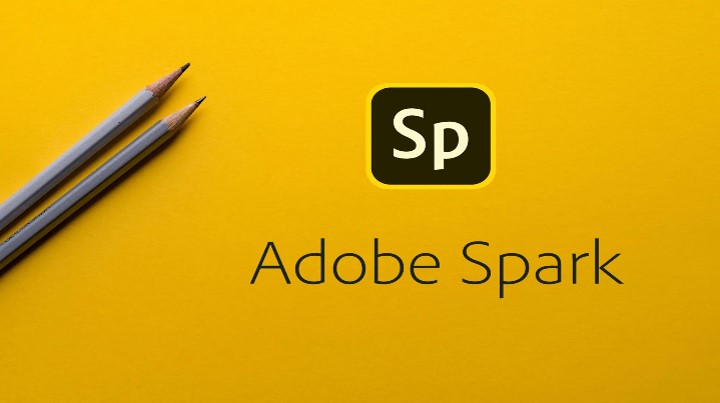Last Updated on October 16, 2023 by Uncle Pat Ugwu
As the advancement of technology continues to cause rapid change in different areas of life. Institutions of higher learning can tap into the opportunity to better the teaching and learning experience. So, if you are an ICT personnel in an institution of higher learning or a school administrator who wishes to use technological tools to improve the learning experience.
In this post, we are going to share Edtech tools for higher education that will help to drive the required change needed to cause an improved learning experience for higher learners. We previously wrote about innovative edtech trends.
Before we dive in properly on this article about edtech tools for higher education, let us first understand what edtech tools are all about.
What is EdTech Tool?
EdTech, an abbreviation for Educational Technology, refers to the application of technology to improve learning, teaching, and educational results. EdTech tools include software, programs, platforms, and gadgets that are meant to enhance and improve the educational experience for students, teachers, and administrators.
These tools include a diverse mix of technology and digital resources that may be employed in a variety of educational contexts, ranging from traditional classrooms to online learning environments.
EdTech Tools for Higher Education
1. Learning Management Systems (LMS)
Learning Management Systems are the backbone of online education in higher institutions. Platforms like Moodle, Canvas, and Blackboard provide a centralized hub where educators can upload course materials, assignments, quizzes, and students can access these resources, submit work, and participate in discussions. LMS also offer analytics to track student progress and engagement.
Higher institutions of learning should build their own customized learning platform. This will give them the freedom to include all the features that best suit their needs. For those seeking a free tool to try, Google Classroom for education may be what you are looking for.
2. Video Conferencing Tools
The COVID-19 pandemic accelerated the adoption of video conferencing tools such as Zoom and Microsoft Teams. These platforms enable real-time virtual lectures, seminars, and meetings, fostering an interactive and engaging learning environment. Students and professors can connect from anywhere in the world, facilitating global collaboration.
In fact, many schools are sticking to hybrid learning even after the Covid-19 pandemic. You can learn the pros and cons of online vs offline learning from this post.
3. E-Books and Digital Libraries
Traditional textbooks are being replaced by digital alternatives. EdTech companies like Pearson and VitalSource offer e-books and digital libraries, making it easier for students to access, highlight, and search for information. This not only reduces the financial burden but also promotes sustainability.
Again, a platform like Amazon has also allowed teachers to self-publish their books using the Amazon KDP. This ebook can be formatted as PDF or ePub.
4. Interactive Content Creation
EdTech tools like Adobe Creative Cloud and H5P allow educators to create engaging and interactive content. Educators can design multimedia-rich presentations, quizzes, and simulations that cater to diverse learning styles, keeping students actively involved in the learning process.
Again, and the rise of Artificial Intelligence has also helped in content creation. We have an article on AI tools for writing. Don’t forget there are negative effects of AI in education.
5. Gamification and Simulation
Gamification elements, as seen in platforms like Kahoot! and Quizlet, make learning fun and competitive. Simulations, on the other hand, help students apply theoretical knowledge to real-world scenarios. These tools promote active learning and problem-solving skills.
You can learn more about gamification in education from this blog. If it is well incorporated into institutions as edtech tools for higher education, it will boost the morale of learners and inspire them to achieve more.
6. Personalized Learning Platforms
Adaptive learning platforms like Coursera, edX, and Khan Academy provide personalized learning experiences. They use AI algorithms to assess a student’s strengths and weaknesses, delivering tailored content and recommendations to help learners progress at their own pace.
This is so important as learners’ interests may be different.
7. Virtual Reality (VR) and Augmented Reality (AR)
VR and AR technologies are making inroads into higher education. They immerse students in virtual environments for hands-on learning experiences. For instance, medical students can practice surgery in a virtual operating room, enhancing their skills before entering the real one.
These are very good in helping students to clearly understand practical situations using simulations.
8. Online Assessment Tools
EdTech tools for assessment, such as Turnitin and Proctorhttps://patugwu.com/blog/google-workspace-for-education/U, ensure academic integrity in online exams. They detect plagiarism, monitor students during tests, and provide secure environments for assessments, maintaining the credibility of online education.
Institutions should as a matter of urgency take assessment very seriously as AI tools continue to rise.
9. Collaboration and Communication Tools
Collaboration is key in higher education. Tools like Google Workspace for Education and Microsoft 365 facilitate real-time collaboration on documents, presentations, and spreadsheets. These platforms enable students to work together seamlessly, regardless of their physical locations.
Enabling online forums or incorporating already established ones in their web portal will help to improve students’ collaboration. We also wrote about collaboration tools for classrooms.
10. Data Analytics and Learning Insights
EdTech tools gather vast amounts of data on student performance and engagement. Analytics platforms help educators identify struggling students early, enabling timely interventions. Learning insights also inform curriculum improvements and teaching strategies.
This data can be stored to help learners to navigate well in their future careers.
Final Thoughts
The integration of EdTech tools in higher education has redefined the learning experience. It offers flexibility, accessibility, and interactivity, catering to diverse student needs and learning styles. As technology continues to evolve, so will the possibilities for improving the quality of education in colleges and universities.
Embracing EdTech tools for higher education is not just a trend; it’s a transformative force that empowers educators and students alike on their journey to academic success. Get school learning materials free online.







